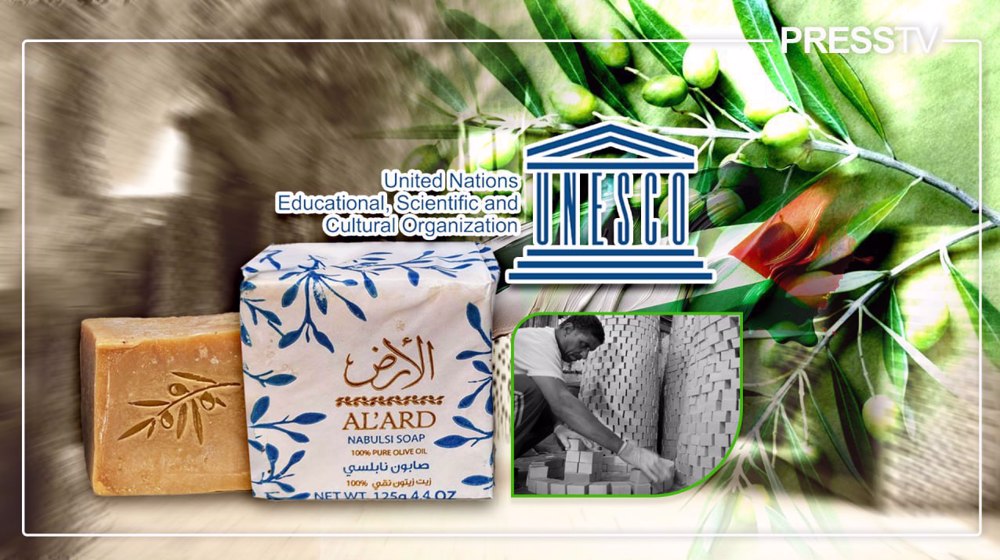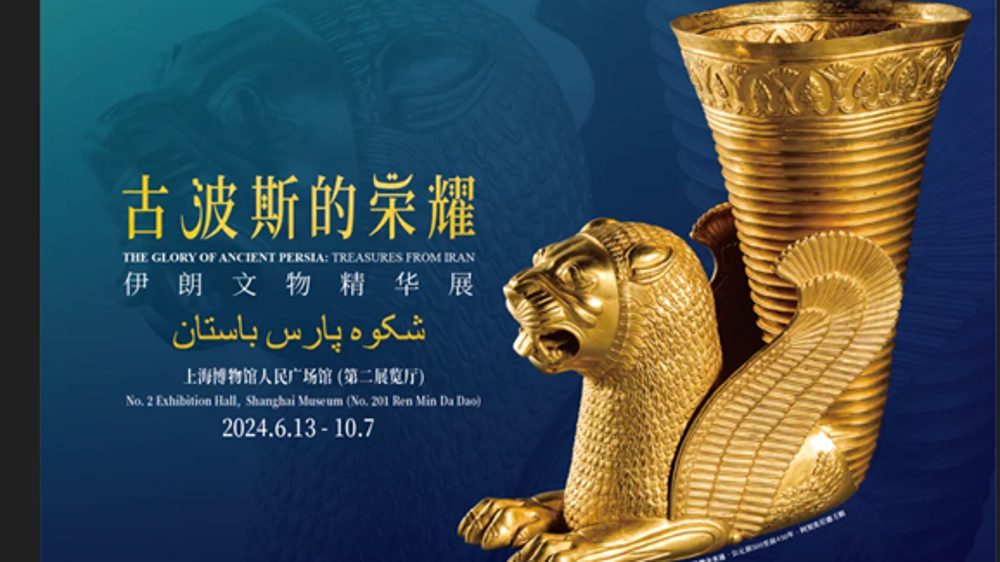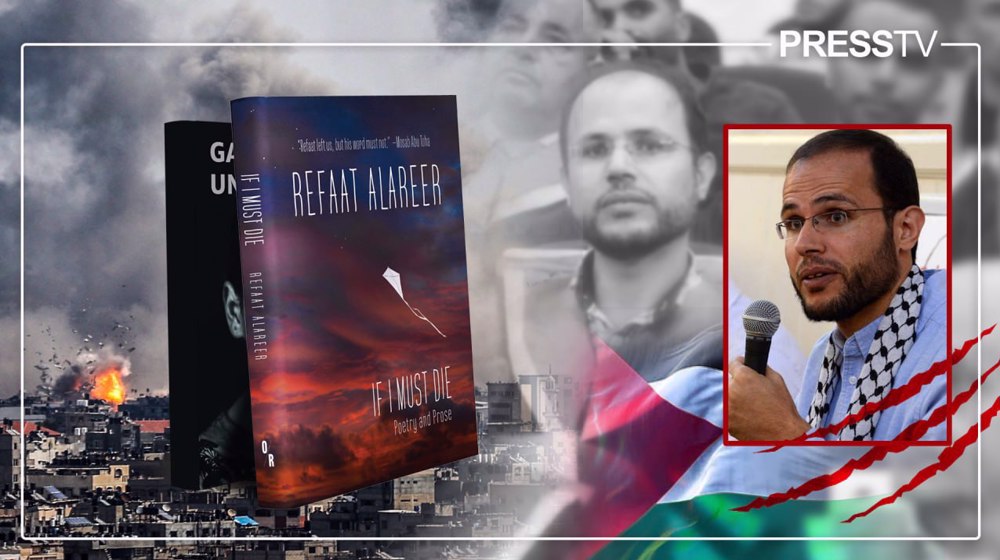Naghali; the traditional performance art of Iran
Long before television, social media and the internet became the main sources of entertainment, Iranians gathered in tea-houses or coffeehouses to hear and “watch” mythical stories in a form of dramatic story-telling known as “Naghali”.
Naghali, a narrative style of art and a mixture of story-telling with acting and singing, is one of the oldest forms of Persian traditional theater. It is performed by the “Naghal” who single-handedly narrates, acts out different characters and sings before a live audience. Usually the stories are selected from the Shahnameh (Book of the Kings), which is a classic in epic Persian poetry that recounts Iran's mythical and historical past.
Stories of the battle between good and evil, love, dignity, and tales of legendary men and women come to life through the skilled gestures, movements and oration of the Naghal.
Although initially the main source of stories were the Shahname, through the ages religion- and history-inspired themes also emerged as the main topics of Naghali.
The Naghals wear simple costumes, but may also don ancient helmets or chain mail jackets during performances to help recreate battle scenes.
In most cases the Naghal stands against a painted scroll (curtain) with many illustrations of the main events in the plot to which the Naghal points with a baton-like tool while reciting that specific event.
He/she may choose to tell the story in verse or prose, using different tones and altering intonations. The choice of where to choose is crucial in captivating the audience and maintaining the necessary suspense in story-telling.
The literal meaning of Naghal in Persian is “someone who transfers." Hence Naghals function not only as entertainers but also as bearers of culture and literature and provide the opportunity for the transference of such to the audience. Therefore, in the past Naghali was one of the means for the illiterate to become cultured.
Naghali was formerly performed in coffeehouses, tents of nomads, houses, and historical venues such as ancient caravanserais. However, the emergence of new forms of entertainment has resulted in diminishing interest in the narrative performance which threatens the survival of this dramatic art.
This traditional form of performance art was registered as an Intangible World Heritage by UNESCO in 2011.
Iran: US airstrikes on Yemen war crimes, violation of international law
Yemeni armed forces down F-18 fighter jet, repel US-UK attack: Spokesman
Iran warns against US-Israeli plot to weaken Muslims, dominate region
VIDEO | Public uproar in US against Israeli regime
‘Ghost town’: 70% of Jabalia buildings destroyed by Israel
Mother’s Day: Sareh Javanmardi’s inspiring journey as Paralympic champion and mother
Russia downs over 40 Ukrainian drones as Putin vows 'destruction' on Kiev
VIDEO | Yemen: A bone in Israeli neck










 This makes it easy to access the Press TV website
This makes it easy to access the Press TV website